Problem-solving is an important skill that helps us find solutions to challenges. Cognitive approaches focus on how we think and use information to solve problems. In these study notes, we'll explore different strategies and techniques used in problem-solving.
I. Understanding Cognitive Approaches: How We Think About Problems
Cognitive approaches involve specific steps to solve problems. Let's go through these steps:
Problem Identification

The first step is to recognize that a problem exists. This means understanding what the problem is and how big or small it might be. For example, if your bike isn't working, you must find out if it has a flat tire or a broken chain.
Information Gathering
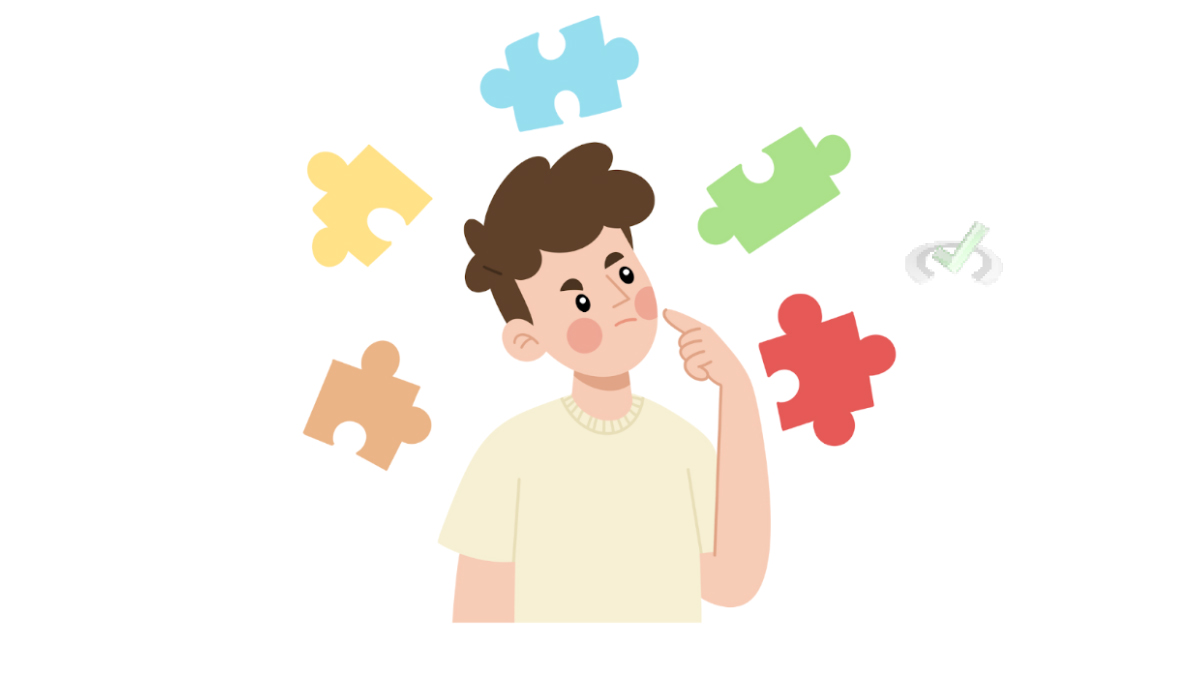
After identifying the problem, the next step is to gather information. This involves collecting facts, data, and other details to understand the problem better.
Finding reliable sources and focusing on useful information is important. For example, knowing the correct formulas is essential when solving a math problem.
Generating Possible Solutions
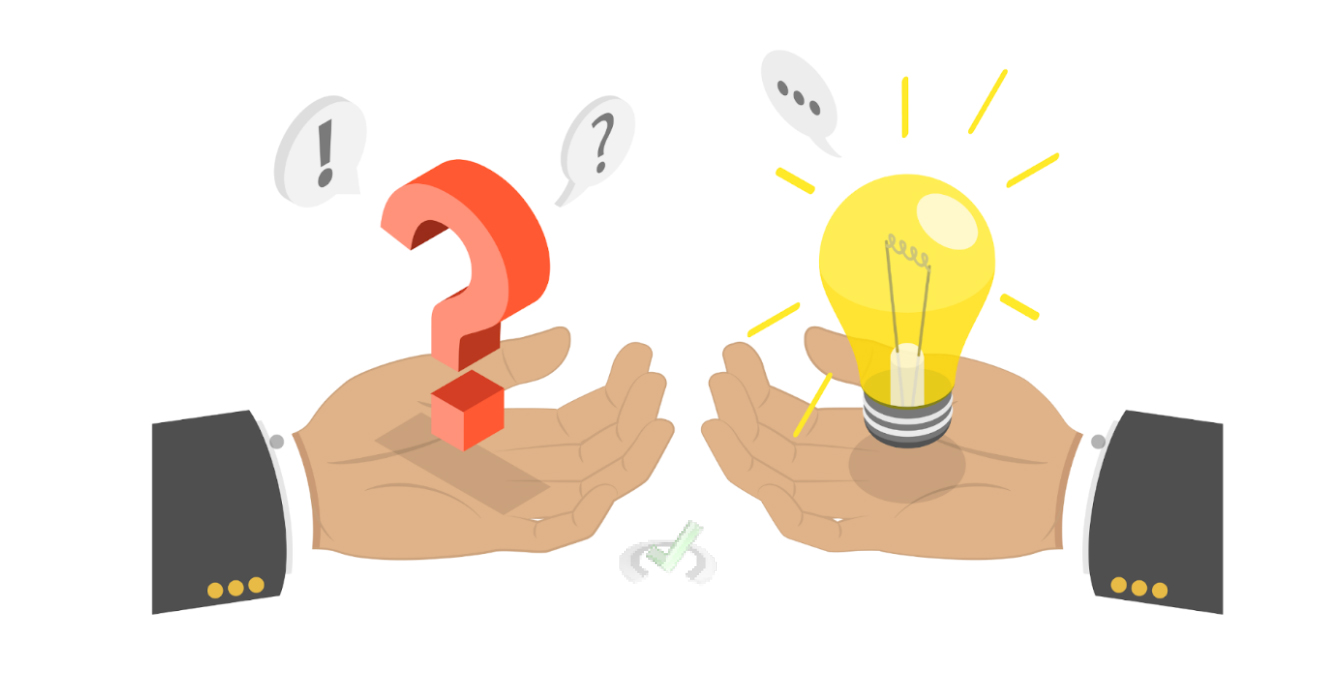
Next, think of different ways to solve the problem. This step involves both creative and logical thinking. For instance, if your bike has a flat tire, possible solutions could include patching or replacing it.
Evaluating Solutions
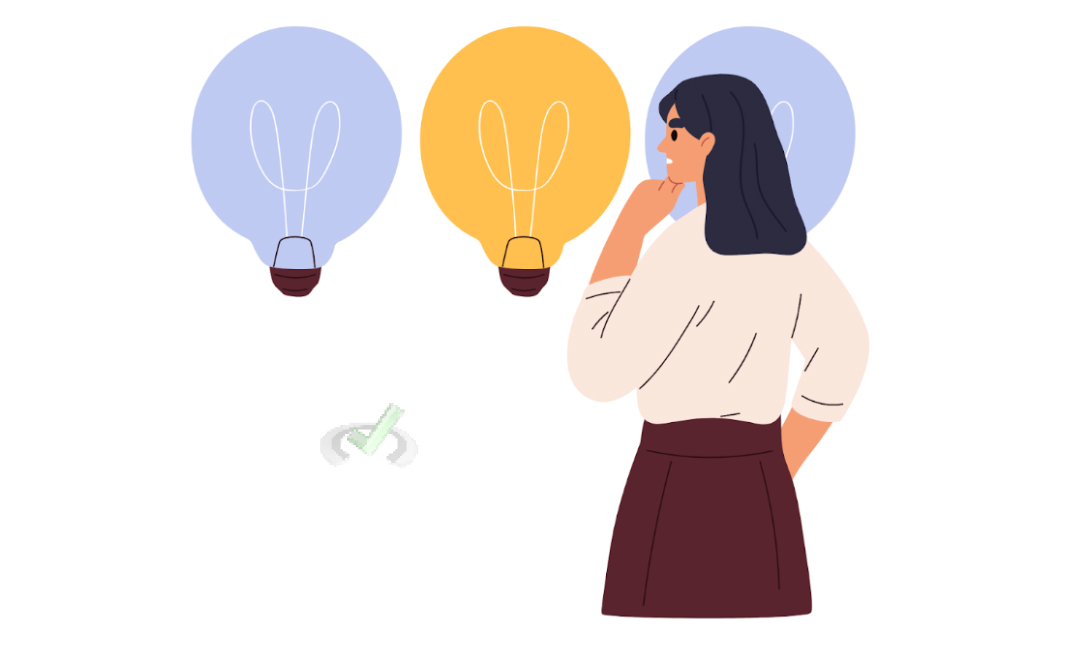
Then, look at the advantages and disadvantages of each solution. This means considering each option's risks, benefits, and long-term effects. For example, replacing a tire might last longer but cost more than patching it.
Implementing the Solution
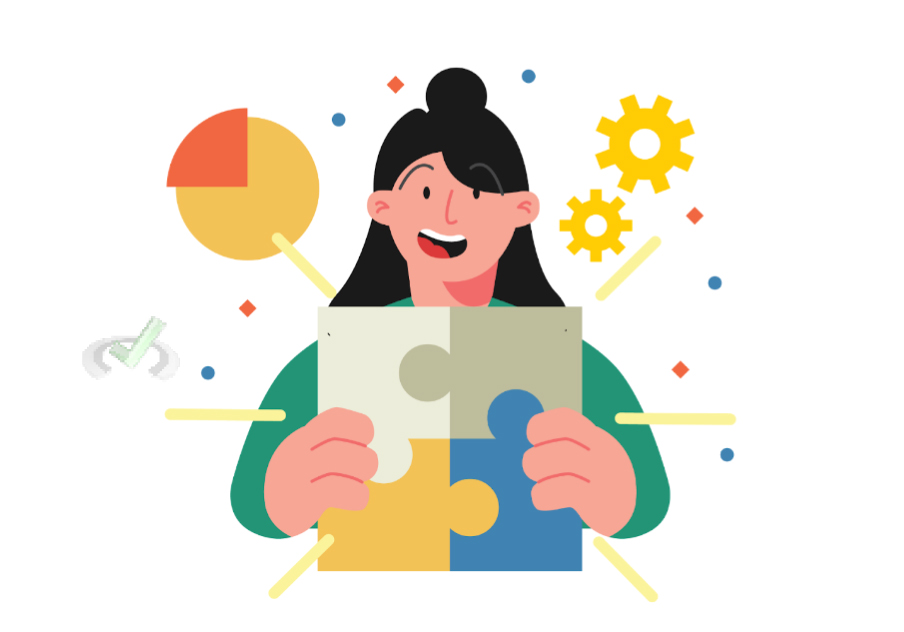
After choosing the best solution, put it into action. This means planning and organizing what needs to be done. Sometimes, it's helpful to test the solution on a small scale first. For instance, you might test a new study method on one subject before using it for all subjects.
Reviewing the Outcome
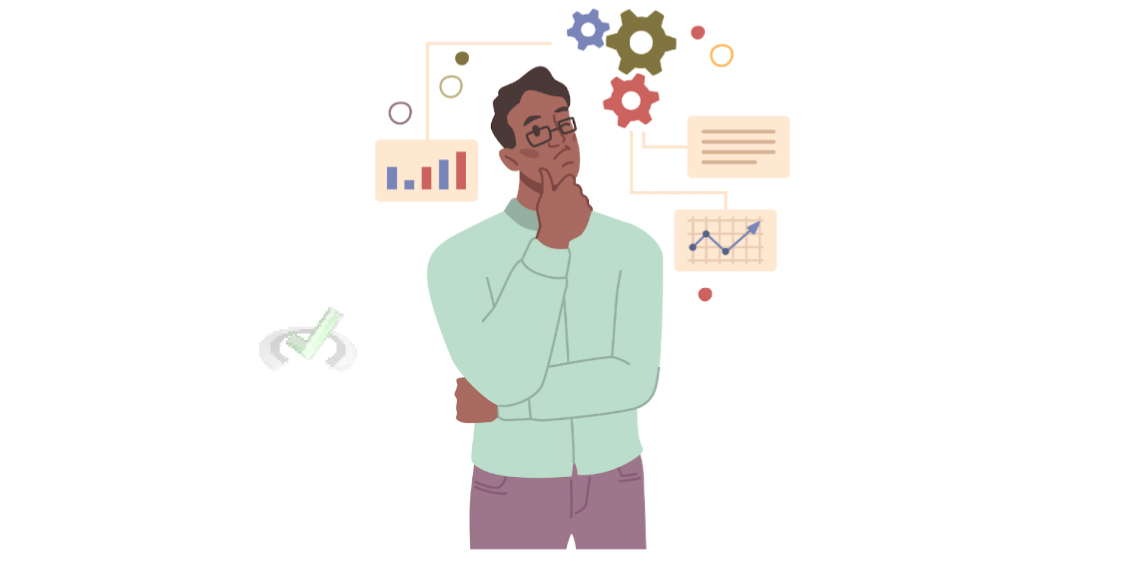
The final step is to review the outcome. This means checking if the problem is fully solved and if the solution worked well. Reflecting on the process helps you learn from mistakes and improve your problem-solving skills.
II. Types of Cognitive Approaches: Different Ways to Solve Problems
There are several cognitive approaches to problem-solving. Each has its strengths and weaknesses.
Algorithmic Approach
An algorithm is a step-by-step method for solving a problem. It's like following a recipe to get a specific result. Algorithms are precise and often used for problems with clear, correct answers, like math problems.
Heuristic Approach
Heuristics are mental shortcuts or rules of thumb that help us make quick decisions. They are useful when time is limited, or there is no clear answer.
For example, choosing a restaurant where most people eat can be a heuristic. However, heuristics can sometimes lead to mistakes or biases.
Insight-Based Approach
An insight-based approach involves having a sudden realization of the solution. This is known as an "aha moment."
This happens when the brain reorganizes information and sees the problem differently. For example, after thinking about a puzzle for a while, you might suddenly understand how to solve it.
Trial and Error
The trial-and-error approach involves trying different solutions until one works. This method is useful when no clear solution or experiment is necessary. For example, fixing a computer issue might require trying several different fixes before finding the right one. However, this approach can be inefficient and time-consuming for complex problems.
III. Factors Influencing Problem-Solving: What Affects Our Thinking
Several factors can influence how we solve problems.
Mental Set
A mental set is a tendency to use solutions that have worked in the past. While this can be helpful, it can also limit creative thinking and prevent us from seeing new solutions. For example, always using the same formula for math problems might make solving problems that need a different method hard.
Functional Fixedness
Functional fixedness is a mental block where we only see an object's traditional use. This can prevent us from thinking of new uses for common items. For example, if you need a paperweight, you might not use a rock because you only see it as a rock.
Creativity
Creativity is the ability to think of new and unique solutions. It involves thinking in different ways and seeing things from different perspectives. For example, using a common household item in a new way, like using a clothespin to hold a bag closed, shows creativity.
Cognitive Biases
Cognitive biases are thinking patterns that lead to mistakes or poor decisions. For example, confirmation bias occurs when we focus only on information that supports our beliefs and ignore other facts. Awareness of these biases helps us think more clearly and make better decisions.
Emotions
Emotions can also influence problem-solving. Feeling stressed or anxious can make it harder to think clearly and find solutions. Meanwhile, positive emotions can boost creativity and help us see more possibilities.
IV. Strategies to Improve Problem-Solving Skills: Getting Better at Finding Solutions
There are many strategies to improve problem-solving skills.
Break Down the Problem
Breaking a big problem into smaller, manageable parts can make it easier to solve. For example, if you have a big project due, you can divide it into smaller tasks like research, writing, and editing.
Use Visualization
Visualization involves imagining the problem and possible solutions. This can help you understand the problem better and see new ways to solve it. For example, drawing a diagram can help visualize the steps needed to complete a project.
Practice and Experience
Practicing problem-solving regularly and gaining experience helps improve skills. The more problems you solve, the better you recognize patterns and find solutions. For example, practicing different types of puzzles can improve your problem-solving abilities.
Seek Diverse Perspectives
Getting input from others can provide new insights and ideas. People have different experiences and knowledge, which can help you see the problem from new angles. For example, discussing a problem with friends or family can lead to solutions you hadn't considered.
Metacognition
Metacognition means thinking about your thinking. It involves planning how to approach a problem, monitoring your progress, and evaluating the outcome. This helps you become more aware of your problem-solving strategies and improve them over time.
V. Bridge/Overlap
Problem-solving skills are important in many areas of life. They connect to other subjects, including those covered on the MCAT.
Critical Thinking
Critical thinking involves the analysis and evaluation of information to make better decisions. It is closely related to problem-solving because it helps assess different solutions and choose the best one. For example, critical thinking is crucial in making health, finance, and education decisions.
Decision Making
Decision-making is the process of picking between different options. Good problem-solving skills help in making better decisions by considering all possible outcomes. For example, choosing a career path involves evaluating different options and selecting the one that best fits your interests and skills.
Learning and Education
Problem-solving is a key skill in education. It helps students understand and apply what they learn. It is important in subjects lwhere students often need to find solutions to complex problems. For example, solving a physics problem requires understanding and applying concepts to find a solution.
Everyday Life
Problem-solving skills are also useful in everyday life. They help us deal with challenges like fixing a broken appliance, planning a trip, or managing time. Being a good problem solver can make life easier and more enjoyable.
Cultural Differences in Problem-Solving
Different cultures may approach problem-solving in various ways. Understanding these cultural differences can help work effectively with people from different backgrounds. For example, some cultures may value group consensus more than individual decision-making.
VI. Wrap Up/Key Terms
Let's review the key points:
- Problem Identification: Recognizing and defining the problem.
- Information Gathering: Collecting data and details about the problem.
- Generating Possible Solutions: Brainstorming different ways to solve the problem.
- Evaluating Solutions: Comparing the pros and cons of each solution.
- Implementing the Solution: Putting the chosen solution into action.
- Reviewing the Outcome: Checking if the problem is solved and learning from the experience.
- Algorithmic Approach: Using a step-by-step method to find a solution.
- Heuristic Approach: Using mental shortcuts or rules of thumb.
- Insight-Based Approach: Solving a problem suddenly through a new understanding.
- Trial and Error: Trying different solutions until one works.
- Mental Set: Sticking to familiar solutions.
- Functional Fixedness: Seeing objects only for their traditional use.
- Cognitive Biases: Patterns of thinking that can lead to mistakes.
- Metacognition: Thinking about your thinking to improve problem-solving.
VII. Practice
Sample Practice Question 1
What is a heuristic approach?
A. A step-by-step method.
B. A sudden realization of a solution.
C. A mental shortcut.
D. A process of trial and error.
Ans. C
A heuristic approach uses simple strategies or rules of thumb to make quick decisions. It helps to make fast decisions without a clear answer, but it may not always lead to the best solution.
Sample Practice Question 2
Why is reviewing the outcome after solving a problem important?
A. To ensure the problem is fully solved.
B. To identify new problems.
C. To use more resources.
D. To avoid making mistakes in the future.
Ans. A
Reviewing the outcome helps confirm that the solution worked and the problem is resolved. It also provides an opportunity to learn from the experience and improve future problem-solving processes.







 To help you achieve your goal MCAT score, we take turns hosting these
To help you achieve your goal MCAT score, we take turns hosting these 





















 reviews on TrustPilot
reviews on TrustPilot